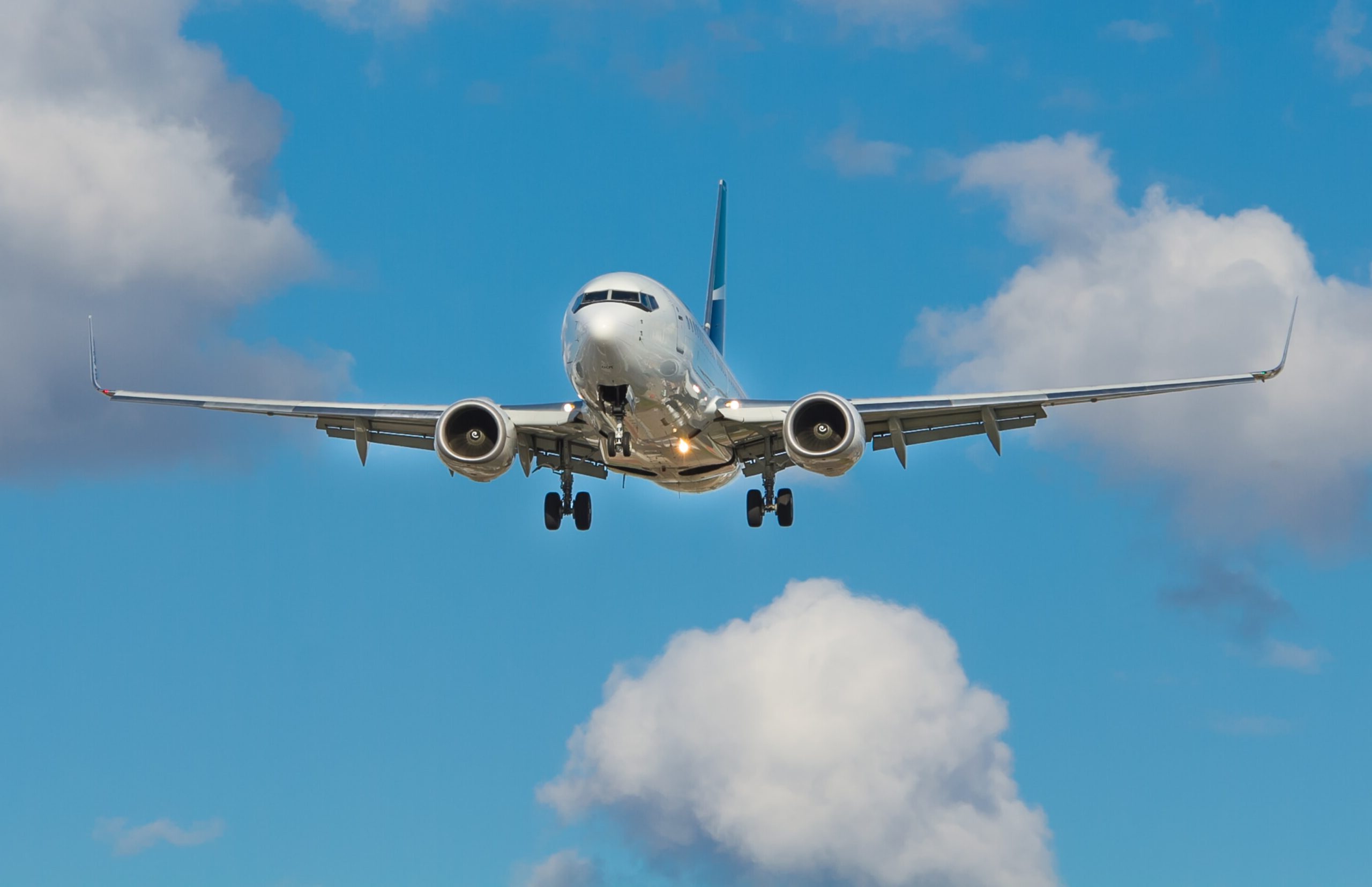
Aviation noise pollution affects millions of people worldwide, disrupting sleep, causing stress, and even impacting health. But what exactly is it? Aviation noise pollution refers to the loud sounds produced by aircraft during takeoff, landing, and flight. These sounds can be incredibly disruptive, especially for those living near airports. Did you know that noise levels can reach up to 140 decibels during takeoff? That's louder than a rock concert! Airports and airlines are constantly working on ways to reduce this noise, but it's a challenging task. Understanding the impact of aviation noise pollution is crucial for finding effective solutions.
Key Takeaways:
- Aviation noise pollution, caused by loud aircraft engines, can harm human health and disrupt wildlife. Communities and the aviation industry are working on solutions to reduce noise impact and create quieter, more sustainable flights.
- Historical regulations and technological advances have helped reduce aviation noise pollution. The future holds promise for even quieter flights with electric aircraft and innovative flight paths, as well as increased community engagement in finding solutions.
What is Aviation Noise Pollution?
Aviation noise pollution refers to the unwanted sound produced by aircraft during various phases of flight, including takeoff, cruising, and landing. This type of noise can significantly impact communities near airports and flight paths.
-
Aircraft engines are the primary source of aviation noise pollution. The powerful engines required to lift planes off the ground generate a lot of noise, especially during takeoff and landing.
-
Noise pollution can affect human health. Prolonged exposure to high levels of aircraft noise can lead to stress, sleep disturbances, and even cardiovascular issues.
-
Noise levels are measured in decibels (dB). The higher the decibel level, the louder the noise. Aircraft noise can reach up to 140 dB during takeoff.
Historical Context of Aviation Noise Pollution
Understanding the history of aviation noise pollution helps us grasp its evolution and the measures taken to mitigate it.
-
The first commercial jet, the Boeing 707, was a significant noise polluter. Introduced in the late 1950s, it marked the beginning of widespread aviation noise issues.
-
Noise regulations began in the 1960s. Governments and aviation authorities started implementing noise standards to reduce the impact on communities.
-
The introduction of the Concorde brought new challenges. This supersonic jet was incredibly loud, leading to restrictions on its operations in many countries.
Technological Advances in Reducing Noise
Technological innovations have played a crucial role in reducing aviation noise pollution over the years.
-
High-bypass turbofan engines are quieter. These engines, used in modern aircraft, produce less noise compared to older turbojet engines.
-
Winglets help reduce noise. These small, vertical extensions at the tips of wings improve aerodynamic efficiency and reduce noise.
-
Advanced materials absorb sound better. Newer aircraft use materials that help dampen noise, making flights quieter.
Impact on Wildlife
Aviation noise pollution doesn't just affect humans; it also has significant impacts on wildlife.
-
Birds are particularly sensitive to aircraft noise. Loud noises can disrupt their communication, mating rituals, and migration patterns.
-
Marine life can be affected by low-frequency noise. Aircraft flying over oceans can produce low-frequency sounds that disturb marine animals.
-
Noise pollution can lead to habitat displacement. Animals may abandon areas near airports due to constant noise, affecting local ecosystems.
Community Responses to Aviation Noise
Communities near airports have taken various steps to address and mitigate the impact of aviation noise pollution.
-
Soundproofing homes is a common solution. Many communities receive funding to install soundproof windows and insulation in homes near airports.
-
Curfews limit nighttime flights. Some airports enforce curfews to reduce noise during late-night and early-morning hours.
-
Noise abatement procedures are in place. Pilots follow specific flight paths and procedures designed to minimize noise over residential areas.
Future of Aviation Noise Pollution
Looking ahead, the aviation industry continues to seek new ways to reduce noise pollution and its impact on communities and the environment.
-
Electric aircraft promise quieter flights. These planes produce significantly less noise compared to traditional jet engines.
-
Urban air mobility could change noise dynamics. As flying taxis and drones become more common, new noise challenges and solutions will emerge.
-
Stricter noise regulations are expected. Governments and aviation authorities will likely implement more stringent noise standards in the future.
-
Community engagement is increasing. Airports and airlines are working more closely with communities to address noise concerns and find mutually beneficial solutions.
-
Innovative flight paths are being tested. New routing techniques aim to minimize noise impact by avoiding densely populated areas.
Final Thoughts on Aviation Noise Pollution
Aviation noise pollution isn't just an annoyance; it's a serious issue affecting millions. From sleep disturbances to cardiovascular problems, the impact on health is significant. Communities near airports often face the brunt of this problem, leading to decreased property values and reduced quality of life. Efforts to mitigate noise, like quieter aircraft and better flight paths, are steps in the right direction. However, more needs doing. Government regulations and community involvement play crucial roles in addressing this issue. Understanding the facts helps us advocate for better solutions. So, next time you hear a plane overhead, remember the broader implications. Awareness and action can lead to quieter skies and healthier lives.
Frequently Asked Questions
Was this page helpful?
Our commitment to delivering trustworthy and engaging content is at the heart of what we do. Each fact on our site is contributed by real users like you, bringing a wealth of diverse insights and information. To ensure the highest standards of accuracy and reliability, our dedicated editors meticulously review each submission. This process guarantees that the facts we share are not only fascinating but also credible. Trust in our commitment to quality and authenticity as you explore and learn with us.


